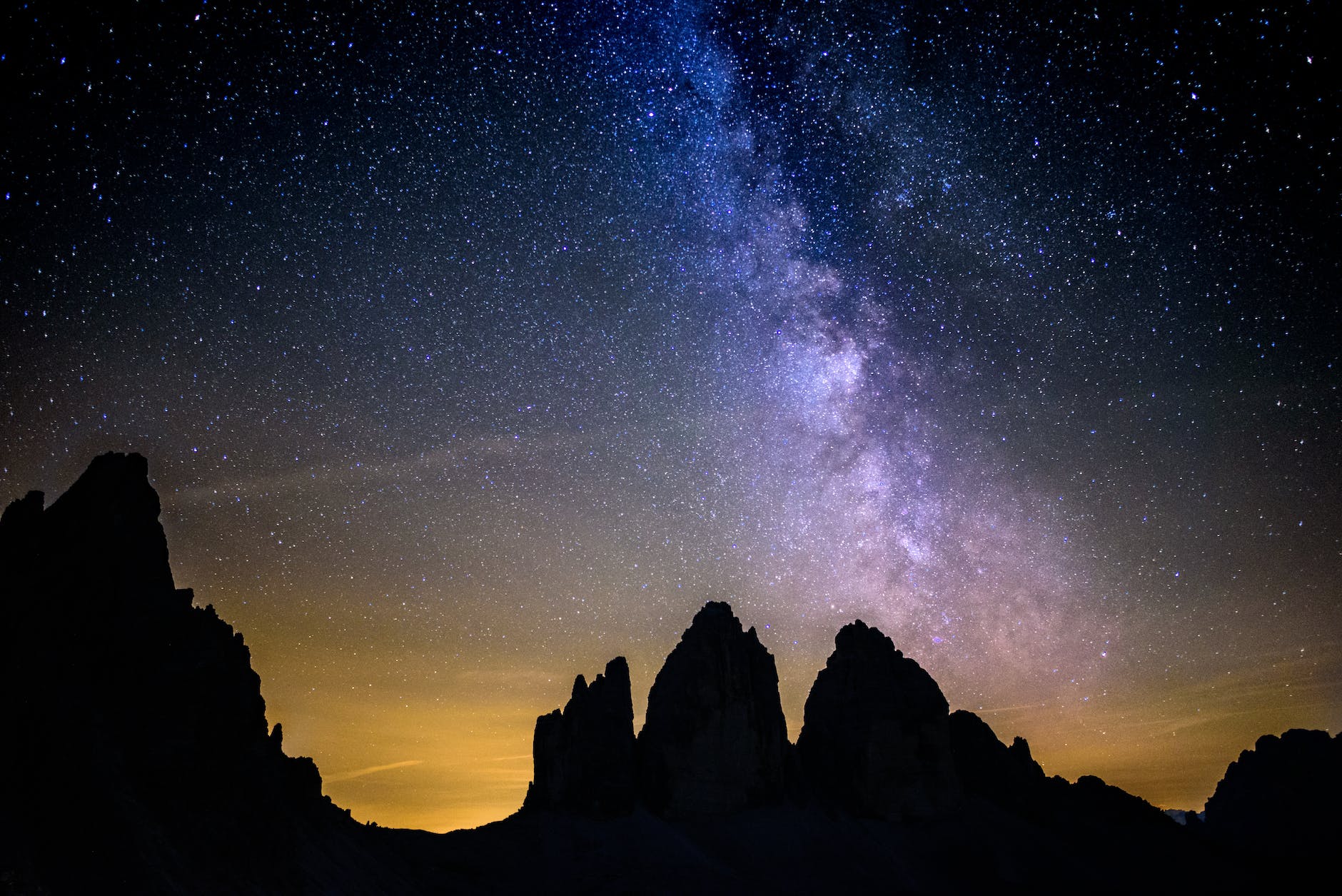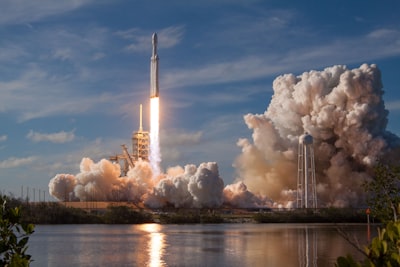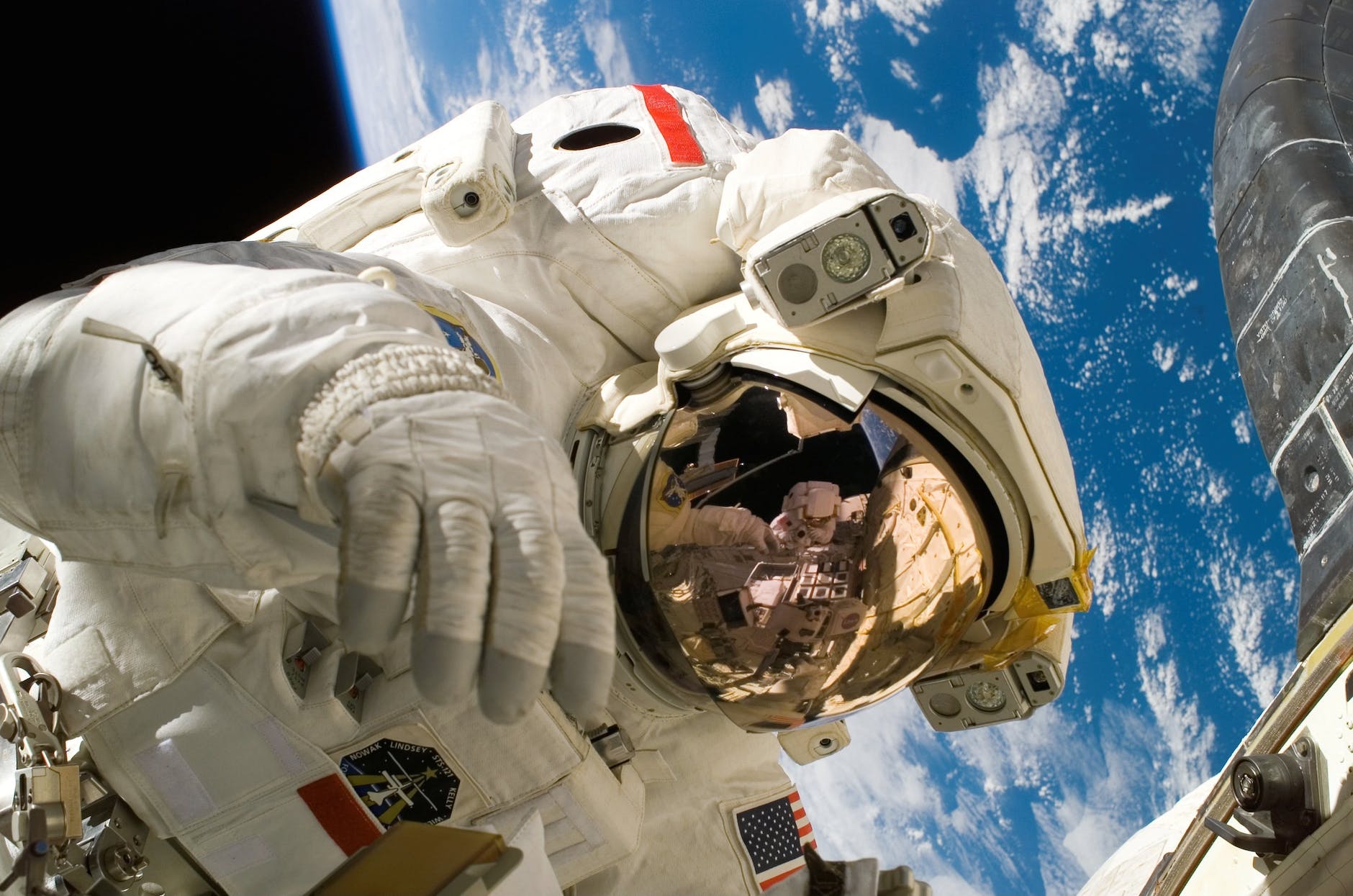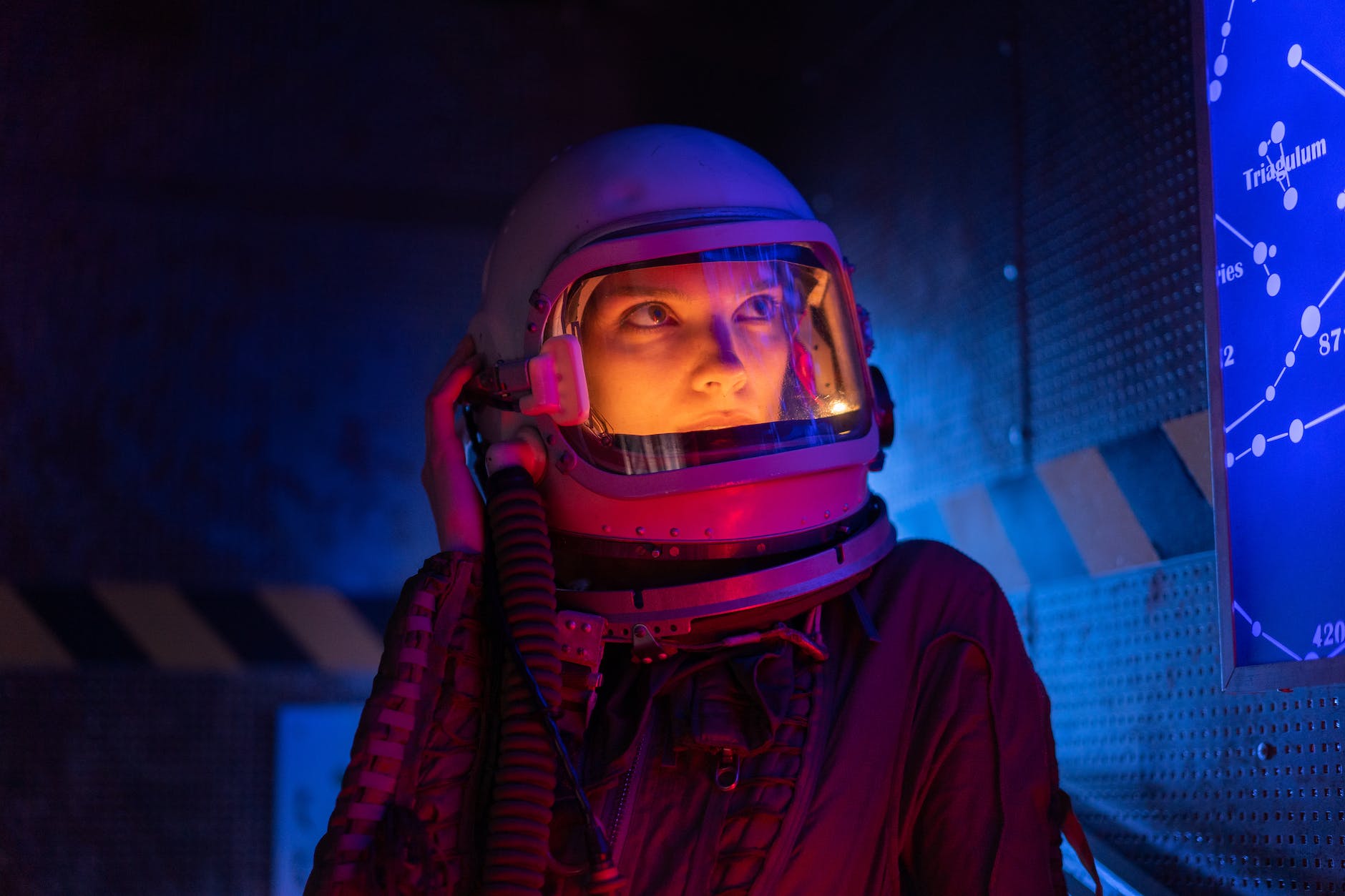
The Space Tourism process
The Space Tourism process
Space tourism Process is the concept of recreational travel to space. Private companies like Virgin Galactic, SpaceX, and Blue Origin are leading the way in this field, making commercial space travel accessible to the general public. They have developed commercial reusable spacecraft and are driving innovation and expanding possibilities in space exploration.
These companies, primarily dominating the space flight industry, revolutionize the concept of space tourism and make it a reality for ordinary people in the future. The Golden Spike Company, established in 2010, is another player in the commercial space travel industry, aiming to provide lunar surface trips. They even have connections with various former NASA employees, showcasing their commitment to advancing space travel.

Virgin Galactic Pioneer of Aerospace Tourism
Virgin Galactic, led by Richard Branson, is a pioneer in space tourism in New Mexico. Their goal is to offer suborbital spaceflights to civilians, providing a unique experience of space travel. Their spacecraft, SpaceshipTwo, accommodates six passengers and two pilots.
Launched from a carrier aircraft at 50,000 feet, the spaceship reaches speeds of up to Mach 3.5 and an altitude of over 50 miles before landing on a runway. Virgin Galactic’s impact is significant; they popularized space tourism and inspired competitors like Blue Origin and SpaceX. With the support of Virgin Group, they continue to lead the way in this industry.
Read This: Space Tourism trends
SpaceX and Elon Musk’s Mars Vision
SpaceX is a key player in space tourism with its innovative Crew Dragon spacecraft. Elon Musk, the company’s founder, has ambitious plans for space exploration, including colonizing Mars. The Falcon 9 rocket has a successful track record in launching satellites and conducting orbital flights. Crew Dragon transports astronauts to and from the International Space Station (ISS). After successful test flights in 2019, Crew Dragon completed its first mission to the ISS in May 2020, showcasing SpaceX’s ability to transport people into space.
This achievement has opened up exciting possibilities for space tourism. In fact, SpaceX plans to take four civilians on a multi-day trip around Earth later this year as part of their vision for colonizing Mars and becoming a multi-planetary species.
Blue Origin and Jeff Bezos’ Spacecraft Vision
Blue Origin’s New Shepard spacecraft is a key part of suborbital tourism, providing an accessible and cost-effective way to experience space travel. Founder Jeff Bezos envisions a sustainable space industry that allows humans to live and work in space. Blue Origin is investing in reusable rockets and spacecraft to reduce costs and environmental impact. They are also exploring the use of lunar resources for fuel and settlement. Bezos believes space tourism can inspire STEM fields globally. Blue Origin aims to create an affordable space industry that fosters innovation and discovery.
Read This: Space Tourism Jobs
NASA’s Influence on Space Tourism
Since 1958, NASA has been instrumental in human spaceflight. Their achievements include the Apollo missions to the moon, the Space Shuttle program, and the International Space Station (ISS). Collaborating with private companies, NASA has ventured into space tourism and developed spacecraft for civilian use. For example, SpaceX’s Crew Dragon spacecraft was used for NASA’s first crewed mission from US soil in almost a decade through the Commercial Crew Program. This program aims to reduce reliance on Russia for access to the ISS, promote commercial space exploration, advance scientific research, and foster innovation and technology transfer between government and industry. It sets the stage for future collaborations between NASA and private companies in human spaceflight.
The International Space Station (ISS) in Space Tourism
The International Space Station (ISS) offers a unique experience of living and working in Earth’s orbit. It has a rich history, with its first module launched in 1998. The ISS is one of the largest structures ever built in space and serves as a platform for research and technological demonstrations. SpaceX and Russian Soyuz spacecraft transport astronauts to and from the ISS. In May 2020, SpaceX’s Crew Dragon capsule made history by carrying humans to the ISS, while Russia’s Soyuz spacecraft has been used since 2000.
The ISS symbolizes international cooperation in space exploration and facilitates scientific experiments and technological advancements for future missions. The day before the flight, passengers undergo a medical checkup at the Yuri Gagarin Cosmonaut Training Centre. Passengers will also receive a guided tour of Star City, which includes viewing the world’s largest centrifuge, the Hydrolab (where cosmonauts train to move in space suits) and a 1:1 scale replica of the Mir space station (operated by the Soviet Union and then Russia between 1986 and 2001).
The Space Tourism Process Today
Space tourism is a growing industry that allows private citizens to embark on thrilling space adventures in October. The process involves purchasing tickets from companies like SpaceX and Virgin Galactic, undergoing training, and taking a suborbital or orbital flight. Significant milestones have been achieved, such as the first privately-funded crewed spacecraft to reach orbit (SpaceShipOne), the first privately-funded spacecraft to dock with the International Space Station (Dragon), and the first all-civilian mission to orbit Earth (Inspiration4). Dennis Tito, an American businessman and former aerospace engineer, became the first space tourist in 2001 when he paid $20 million to visit the International Space Station on April 28, 2001. With more companies entering the market, space tourism will likely become more accessible in the future.
Future Boeing Prospects and Astronaut Challenges
Orbital space tourism, also known as orbital tourism, has great potential in the next decade, but there are challenges to overcome. Safety is a concern for tourists and crews. High costs also deter many. Space hotels could make tourism more accessible and affordable. New players like Blue Origin, SpaceX, and Virgin Galactic have emerged, offering reusable rockets for suborbital or orbital flights. However, launching humans into space is risky.
Safety is a major challenge due to radiation exposure and microgravity effects in space. The current approach to space tourism and the development of vehicles to access space are virtually all based on extensions of current rocket launch vehicle and rocket plane development. If one takes a longer-term view of space travel and the development of safer ways to lift humans into Earth orbit and travel into space, new technologies will be needed. The options that do not involve lighting a chemically exploding bomb under crew and passengers are actually quite numerous.
What are the stages of space tourism?
The stages of space tourism can be divided into several key steps. Firstly, interested individuals or organizations must research and choose a reputable space tourism company. Companies like SpaceX, Virgin Galactic, Blue Origin, and Boeing are among the prominent players in the industry.
How is space tourism done?
Space tourism is a fascinating and rapidly evolving industry that offers adventurous individuals the opportunity to explore the wonders of outer space. The process of space tourism typically involves several key stages that pave the way for an extraordinary experience.
What is needed for space tourism?
Space tourism requires several key components to ensure a safe and unforgettable experience. Firstly, advanced spacecraft capable of carrying passengers into space are essential. These spacecraft must be equipped with state-of-the-art technology and safety features to protect both tourists and crew members.
What are the purposes of space tourism?
Space tourism serves various purposes, each with its own significance. Firstly, it offers individuals a chance to fulfill their lifelong dream of venturing into space and witnessing the beauty of our universe firsthand. It provides a unique opportunity for personal growth and self-discovery as travelers experience the awe-inspiring vastness beyond Earth’s atmosphere, including the exhilarating sensation of weightlessness.
Do space tourists need training?
Yes, space tourists need to undergo training before embarking on their journey into space. This training is crucial to ensure the safety and well-being of the tourists during their time in space. The training typically includes instruction on basic astronautics, emergency procedures, and adaptation to microgravity. It also includes physical fitness training to prepare the tourists for the physical demands of space travel.
Can I go to space without being an astronaut?
Yes, space tourism allows individuals to go to space without being trained astronauts. This is one of the most exciting aspects of space tourism – the opportunity for regular citizens to experience the wonders of outer space. While the training process may differ from that of professional astronauts, it is designed to provide tourists with the necessary knowledge and skills to ensure a safe and enjoyable journey into space.
How long does space tourism last?
The duration of space tourism can vary depending on the specific mission and the package chosen by the tourists. Generally, space tourism experiences range from a few days to a couple of weeks. However, there are also plans for longer-duration missions that would allow tourists to spend months in space, providing them with more time to explore and adapt to the unique environment beyond Earth’s atmosphere.
What are some interesting facts about space tourism?
Space tourism is a growing industry that allows people to explore beyond Earth’s atmosphere. It offers unique opportunities to witness the wonders of space, such as the chance to participate in space tourism flights. With private companies entering the market, it is becoming more accessible and affordable. The experience of seeing Earth from outer space and participating in zero-gravity activities attracts adventure seekers and science enthusiasts.
Orbital flights take you into low Earth orbit at least 200 miles above sea level—and as far as 250 miles from Earth—where you’ll stay for several hours before returning home every 90 minutes until all fuel is used up during re-entry into our atmosphere. However, there are concerns about the environmental impact and safety risks. Despite these challenges, space tourism holds immense potential for scientific research and also exploration. Reaching distances of up to 100 km above the planet’s surface.
Conclusion
The expansion and potential of the space tourism industry in the United States in July. It emphasizes significant aspects. Such as the rising number of private companies joining the market, technological advancements, and the possibility for space tourism to become a popular travel choice. The author urges readers to stay updated on the latest advancements in this fast-paced industry. And also underscores the thrilling prospects that space tourism could present in the future.
Follow on Instagram.

